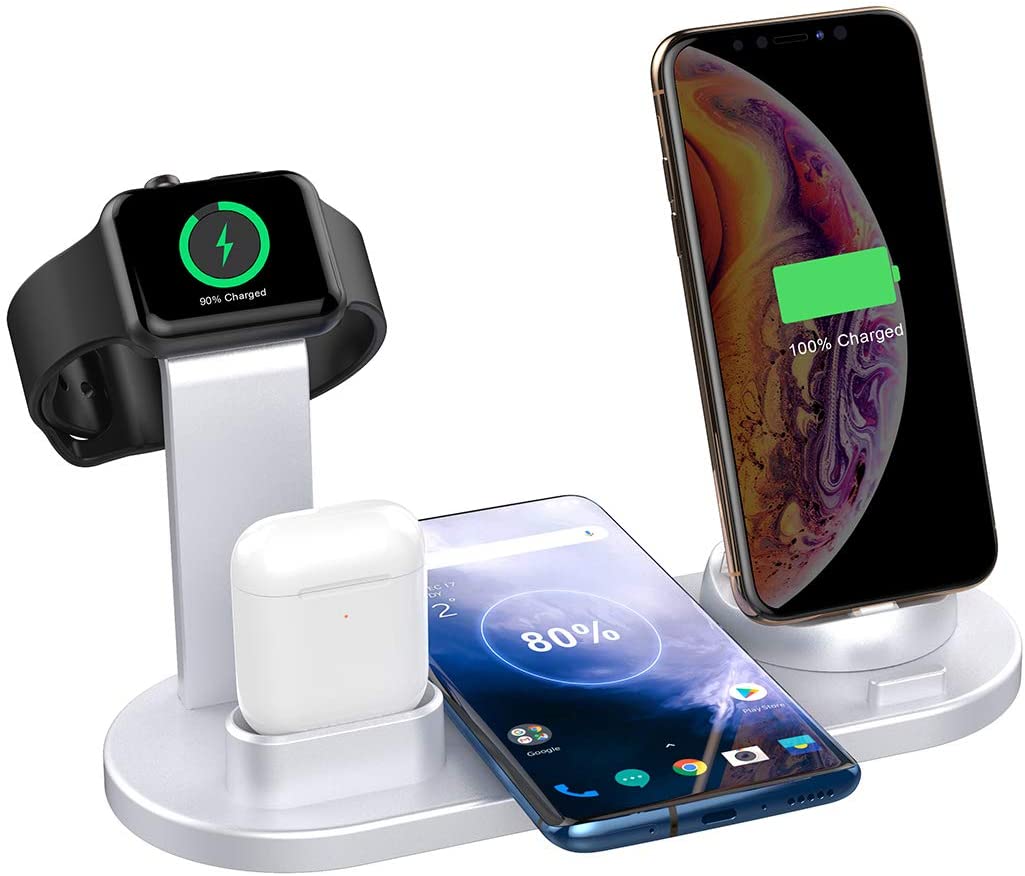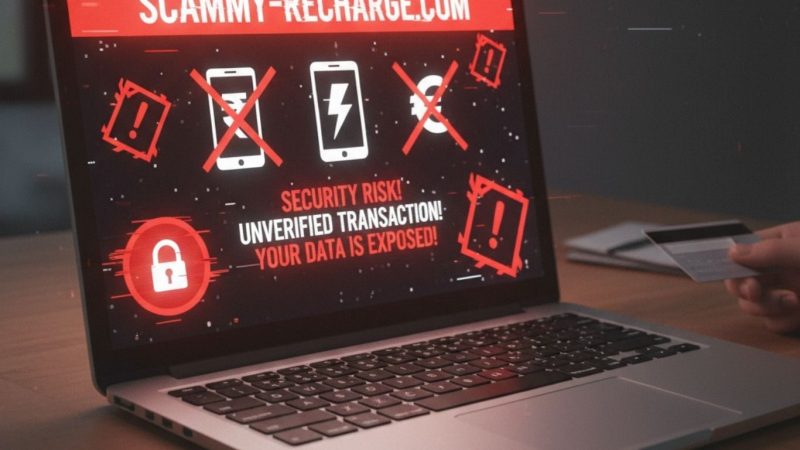A guide to EV charging ports

As the world starts to transition to electric vehicles (EVs), businesses are playing a pivotal role in supporting sustainable transportation. One of the key elements in this is the installation of EV charging infrastructure, such as an EV charger. This guide aims to provide insights into EV charging ports, such as what exactly they are, how to charge with an EV, and how long it usually takes to charge an EV. Keep reading below to learn more about this topic.
What is an EV charging port?
An EV charging port, otherwise known as a charge point or electric vehicle supply equipment (EVSE), is a piece of equipment that is designed to supply electric power for charging plug-in vehicles. They include cars, trucks, buses and bikes, to name a few. EV charging points can be wall-mounted or free-standing, tethered or untethered. They also come in a range of power outputs including 3kW, 4 kW, 7 kW and 22 kW. The type, size, and power rating depend on whether a person is charging their EV at work, on the public network, or at home.
How to charge an EV?
Charging an EV is generally a straightforward process, but it is essential to understand the different charging levels and types of charging stations available. Below, we take a look at how to charge an EV, whether a user is at work, using the public network, or at home.
Charging at work
Charging an EV at work is generally considered a convenient way to add range to a vehicle while parked up during work hours. The most popular type of workplace charge point tends to be a 7 kW wall-mounted charge point. This is because they are generally compatiblewith most EVs and they have the cheapest installation costs. Some businesses also offer faster kW units which can be either wall-mounted or free-standing.
Charging on the public network
Charging an EV on the public network can be done in places such as supermarkets, hotels, public car parks and on the road. EV charge points on the public network tend to offer a mix of fast and rapid charging options. Charging points on the public network are generally free-standing. Fast chargers are typically un-tethered, so users would need to provide their own EV Charging Cable. Rapid Chargers on the other hand provide a much higher power output, the cables for these charge points are always attached to the charge point itself.
Charging at home
Charging at home tends to be the most convenient and cost-effective way to recharge an EV. This can be done in two ways – by plugging an EV using a regular domestic three-pin socket or by a dedicated home car charging point. The latter offers a much safer and faster option. A dedicated home EV charger is usually wall-mounted and rated up to 7 kW.
How long does it take to charge an electric car?
Various factors can affect how long it takes to charge an EV. These include things such as its age, make, and model type. The weather can also affect how much energy an EV consumes in the process of charging. Generally speaking, users will have a more extensive range in summer and a smaller range in winter. Here are the speed ranges of EV charging:
- Slow – Usually rated up to 3 kW and is mainly used to charge overnight at home. Takes at least 8-12 hours to fully charge
- Fast – Rated at 7 kW or 22 kW and is usually found in car parks, supermarkets, and leisure centres. Takes 3-4 hours to fully charge.
- Rapid – Typically rated from 43 kW and is found in petrol stations and motorway service stations. Takes 30-60 minutes to fully charge. This type of charging is only compatible with EVs with rapid charging capabilities. Takes 30-60 mins to charge.
Business applications of EV chargers
EV chargers have various business applications, contributing to the growth of sustainable and electric transportation. Here are a few business applications below:
Workplace charging stations
Many businesses are choosing to install EV chargers at workplaces to support employees who drive EVs. Providing charging infrastructure encourages the adoption of electric cars and enhances the company’s commitment to sustainability.
Retail and hospitality
Retailers and hospitality businesses can attract environmentally conscious customers by offering EV charging stations in parking lots. This amenity enhances customer experience and encourages longer visits to retail establishments and hotels.
Commercial parking lots
Charging stations in commercial parking lots, such as shopping malls or entertainment venues, cater to the needs of electric vehicle owners. This can attract more customers who prefer eco-friendly transportation options.
Charging as a service
Some businesses may choose to offer charging as a service, either as a standalone business or in partnership with existing businesses. This could include setting up charging stations at strategic locations and generating revenue from the energy provided.
Utility companies
Utility companies can play a role in the deployment of EV charging ports as part of their CSR initiatives, showcasing a commitment to environmental sustainability and reducing the carbon footprint associated with transportation.
Bottom line
Overall, the widespread adoption of EV charging ports represents a pivotal shift towards a more sustainable and eco-friendly future. As technology advances and EVs become increasingly prevalent, the significance of a robust and accessible charging infrastructure cannot be overstated. The deployment of EV charging ports does bring about a myriad of benefits, ranging from environmental conservation to economic opportunities for some.
As businesses and individuals collectively embrace this change, the positive impacts of the environment, economy, and society at large will undoubtedly shape a more sustainable and inclusive world.






